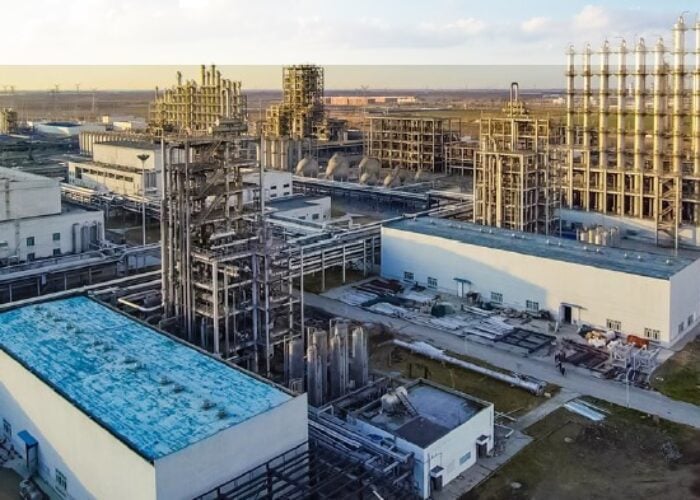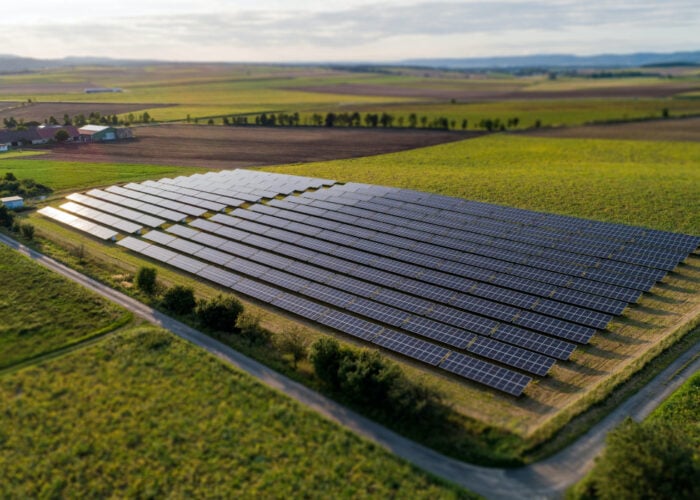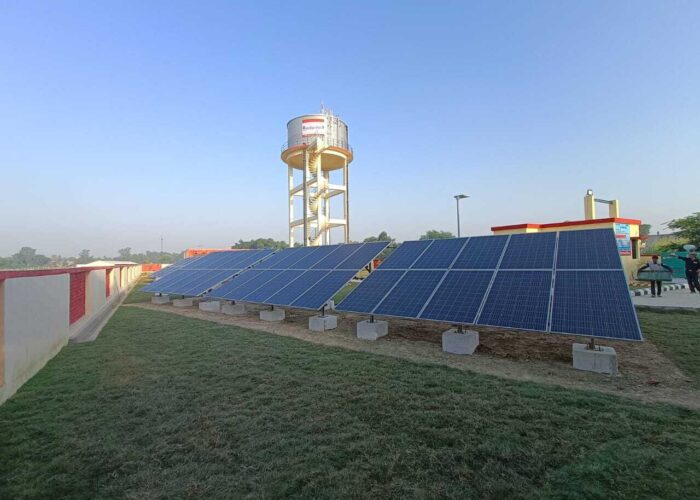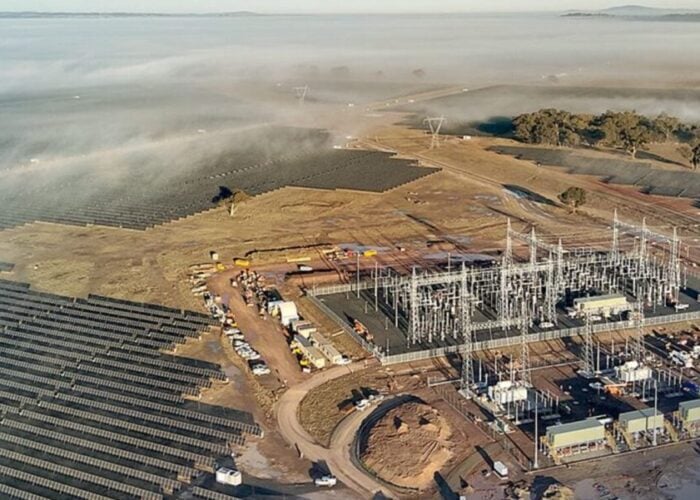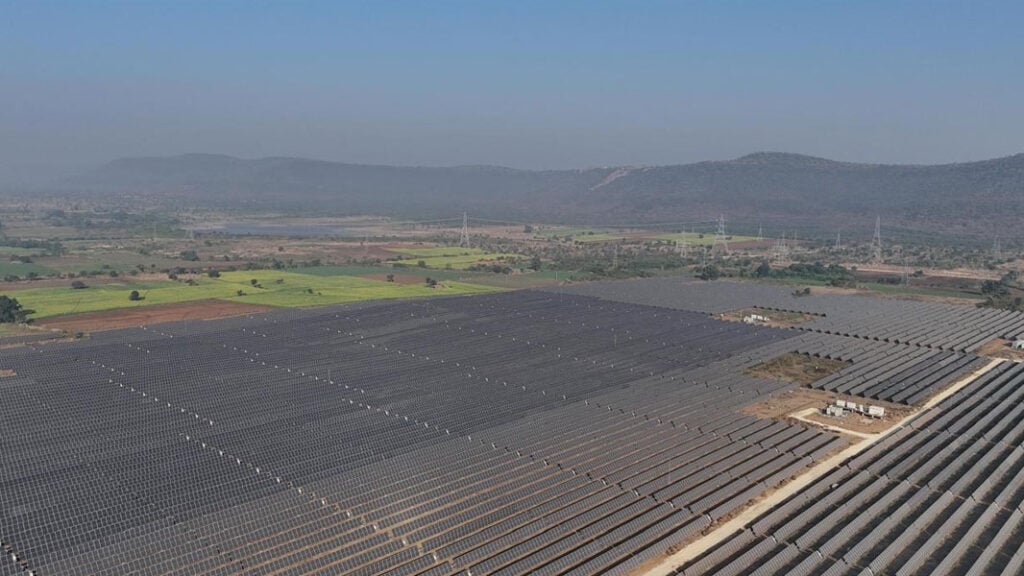
Cells and wafers accounted for over 40% of China’s product exports in the first half of 2025, according to the latest report from energy think tank Ember.
The first six months of the year saw cell exports account for 22% of China’s solar exports, a larger proportion of total exports than wafers (20%) for the first time ever. The growing proportion of upstream components in China’s export mix suggests that overseas buyers are looking to acquire upstream products, but not modules, from Chinese manufacturers.
Unlock unlimited access for 12 whole months of distinctive global analysis
Photovoltaics International is now included.
- Regular insight and analysis of the industry’s biggest developments
- In-depth interviews with the industry’s leading figures
- Unlimited digital access to the PV Tech Power journal catalogue
- Unlimited digital access to the Photovoltaics International journal catalogue
- Access to more than 1,000 technical papers
- Discounts on Solar Media’s portfolio of events, in-person and virtual
While modules still account for the majority of China’s overseas exports – reaching a cumulative total of 1,069.9GW of shipments in June, as shown in the graph below – wafer and cell sales have been increasing for several years now.
Between 2022 and 2024, cell and wafer exports increased by 144% and 67%, respectively, and this trend has continued in the first half of this year; cumulative module exports fell 5.2% in the first six months of the year, while cell and wafer exports saw year-on-year growth of 76% and 26%.
Ember also notes that the average price of Chinese solar products has fallen sharply and consistently, with panels reaching US$0.1/W and cells US$0.04/W in June. This compares with a peak of US$0.29/W and US$0.19/W for modules and cells, respectively, in October 2022.
The affordability of Chinese products has seen them exported to diverse markets, with solar sectors at various stages of maturity. While India accounted for 48% of Chinese exports in the first half of this year, Indonesia (17%), Turkey (10%), Laos (2.2%), Singapore (1.8%) and South Korea (1%) all imported Chinese cells in the first half of this year.
Reliance on Chinese upstream products
Much of this trend stems from the fact that module manufacturing capacity has picked up in other parts of the world, as many other markets, notably the US, have sought to reduce their reliance on importing China. However, it is significantly more straightforward and faster to build module manufacturing capacity than cell and wafer capacity.
In February, the US exceeded 50GW of domestic module manufacturing capacity, but the upstream manufacturing sector remains nascent. Cell production began in the third quarter of 2024, after a five-year hiatus, and Clean Energy Associates (CEA) estimates that the US will hit 13GW of cell manufacturing capacity this year.
Like the US, India has sought to expand domestic module manufacturing but is still reliant on Chinese cells and wafers to complete modules. Between January and June this year, 12-month rolling cell exports to India jumped from 29.6GW to 37.9GW, at a time when 12-month rolling panel exports to all countries fell, from 238.5GW to 230.6GW. India now imports more Chinese cells and wafers than modules, Ember said.
The Ember report also notes that this could change in the future. India has sought to incentivise domestic cell production by expanding the companies on its Approved List of Models and Manufacturers (ALMM) to include domestic cell producers, alongside module manufacturers already on the list.
With this addition, it is expected that Indian cell manufacturing will increase, lowering the demand for Chinese-made cells but possibly increasing the demand for Chinese-made wafers for use in those cells.
“To understand the growing global solar supply chain, it’s now crucial to track products upstream of panels,” explained Matt Ewen, an energy systems analyst at Ember and one of the report’s authors. “India is driving growth in cell exports, whilst panels must now find new markets to go to.”

